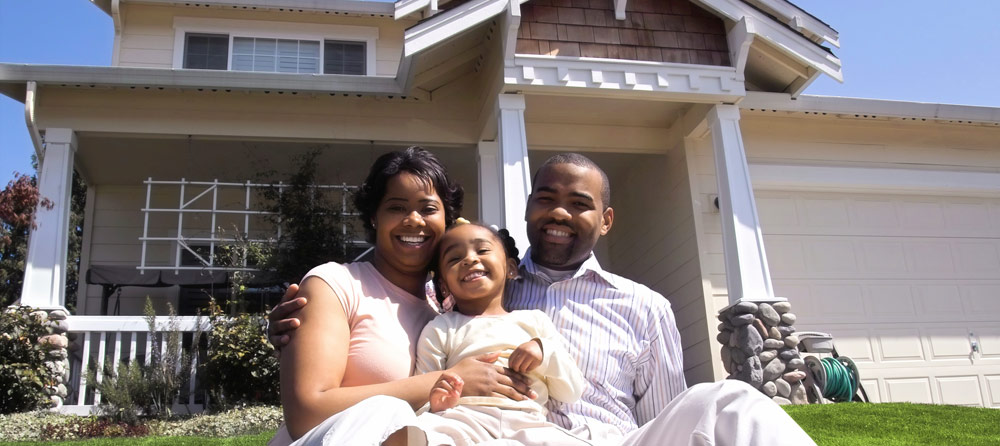Let James Earp Appraisal Service help you figure out if you can get rid of your PMIWhen purchasing a home, a 20% down payment is typically the standard. The lender's liability is usually only the remainder between the home value and the amount remaining on the loan, so the 20% adds a nice cushion against the expenses of foreclosure, selling the home again, and regular value changes in the event a borrower doesn't pay. The market was taking down payments as low as 10, 5 and even 0 percent during the mortgage boom of the mid 2000s. A lender is able to endure the additional risk of the reduced down payment with Private Mortgage Insurance or PMI. PMI guards the lender in case a borrower is unable to pay on the loan and the worth of the property is lower than the loan balance. PMI can be pricey to a borrower because the $40-$50 a month per $100,000 borrowed is lumped into the mortgage monthly payment and frequently isn't even tax deductible. Unlike a piggyback loan where the lender takes in all the deficits, PMI is lucrative for the lender because they collect the money, and they receive payment if the borrower doesn't pay. 
Does your monthly mortgage payment include PMI? Contact us, you may be able to save money by removing your PMI. How homebuyers can keep from bearing the expense of PMIWith the utilization of The Homeowners Protection Act of 1998, on most loans lenders are required to automatically cancel the PMI when the principal balance of the loan equals 78 percent of the initial loan amount. The law stipulates that, at the request of the homeowner, the PMI must be dropped when the principal amount reaches just 80 percent. So, keen homeowners can get off the hook a little early. Since it can take countless years to reach the point where the principal is only 20% of the initial amount of the loan, it's crucial to know how your home has grown in value. After all, any appreciation you've acquired over the years counts towards removing PMI. So why pay it after your loan balance has fallen below the 80% threshold? Your neighborhood might not be following the national trends and/or your home may have gained equity before things calmed down, so even when nationwide trends indicate plummeting home values, you should realize that real estate is local. The hardest thing for almost all home owners to know is just when their home's equity goes over the 20% point. A certified, licensed real estate appraiser can certainly help. As appraisers, it's our job to know the market dynamics of our area. At James Earp Appraisal Service, we're experts at determining value trends in Raleigh, Wake County and surrounding areas, and we know when property values have risen or declined. When faced with figures from an appraiser, the mortgage company will most often do away with the PMI with little anxiety. At that time, the homeowner can retain the savings from that point on.
Want to learn more about PMI and the Homeowners Protection Act? Click this link: |